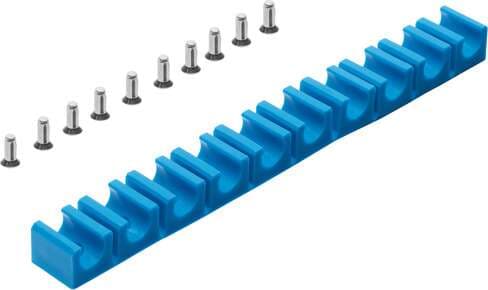| 2312 silencer U-1 For reducing noise and avoiding contamination at the exhaust ports ... | Festo | | |
| 7411 lock nut MKVM-PG-13,5 For conduit fitting. Assembly position: Any, Corrosion res... | Festo | | |
| 6743 tubing strap PB-378 Allows tubing to be bundled together. Product weight: 4 g | Festo | | |
| 165004 silencer UC-1/4 Made of plastic. Assembly position: Any, Container size: 1, Oper... | Festo | | |
| 1206992 silencer AMTE-M-LH-N12 Suitable for reducing noise at the exhaust ports of pneum... | Festo | | |
| 1205862 silencer AMTE-M-LH-G38 Suitable for reducing noise at the exhaust ports of pneum... | Festo | | |
| 6844 silencer U-1/2-B For reducing noise and avoiding contamination at the exhaust po... | Festo | | |
| 2307 silencer U-1/8 For reducing noise and avoiding contamination at the exhaust port... | Festo | | |
| 197583 silencer UO-1/8 For vacuum generators Assembly position: Any, Operating pressure... | Festo | | |
| 534223 silencer U-1/4-20 For reducing noise and avoiding contamination at the exhaust p... | Festo | | |












